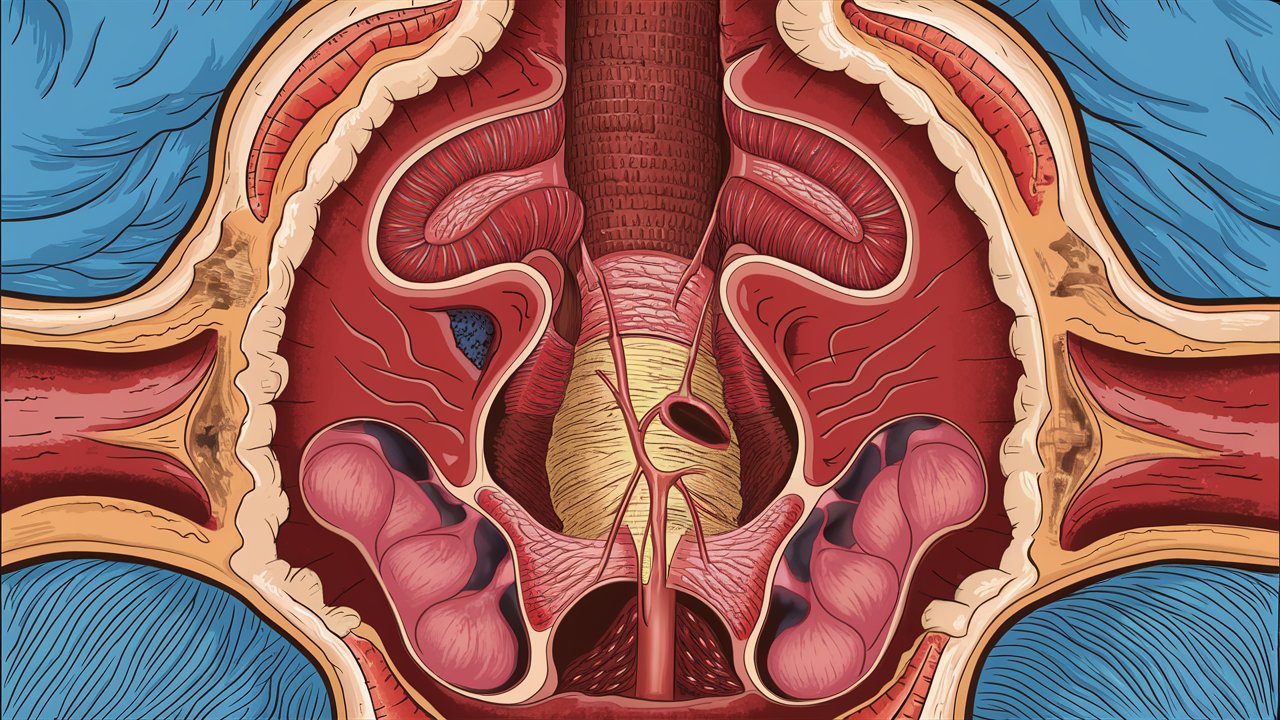
Annuloaortic ectasia is a rare but serious condition affecting the aorta, the largest artery in the body. This disorder causes the aorta and the aortic valve to enlarge, leading to potential complications like aortic dissection or rupture. Understanding annuloaortic ectasia is crucial for early detection and management. Symptoms can be subtle, often mimicking other heart-related issues, making diagnosis tricky. Risk factors include genetic conditions like Marfan syndrome and Ehlers-Danlos syndrome. Treatment options range from medication to surgical intervention, depending on severity. This article will provide 15 essential facts about annuloaortic ectasia, helping you grasp its impact, symptoms, and treatment options.
What is Annuloaortic Ectasia?
Annuloaortic ectasia is a rare condition affecting the aorta, the largest artery in the body. This condition involves the dilation of the aortic root and the annulus, which can lead to serious complications if left untreated. Here are some intriguing facts about this medical condition.
-
Annuloaortic ectasia primarily affects the aortic root, the section of the aorta closest to the heart.
-
The condition often results from connective tissue disorders like Marfan syndrome or Ehlers-Danlos syndrome.
Symptoms of Annuloaortic Ectasia
Recognizing the symptoms early can be crucial for effective treatment. Here are some common signs to look out for.
-
Symptoms may include chest pain, shortness of breath, and palpitations.
-
Some patients experience fatigue and dizziness due to reduced blood flow.
-
In severe cases, it can lead to heart failure or aortic dissection, a life-threatening condition.
Causes and Risk Factors
Understanding the causes and risk factors can help in early diagnosis and prevention. Here are some key points.
-
Genetic factors play a significant role in the development of annuloaortic ectasia.
-
High blood pressure and atherosclerosis can increase the risk of developing this condition.
-
Age is another risk factor, with older adults being more susceptible.
Diagnosis of Annuloaortic Ectasia
Accurate diagnosis is essential for effective treatment. Here are some methods used by healthcare professionals.
-
Echocardiography is commonly used to visualize the aortic root and detect any abnormalities.
-
CT scans and MRI can provide detailed images of the aorta, helping in the diagnosis.
-
Genetic testing may be recommended for individuals with a family history of connective tissue disorders.
Treatment Options
Various treatment options are available depending on the severity of the condition. Here are some common approaches.
-
Medications like beta-blockers can help manage symptoms and reduce the risk of complications.
-
Surgical options include aortic root replacement or repair, which can be life-saving in severe cases.
-
Lifestyle changes, such as maintaining a healthy diet and regular exercise, can also help manage the condition.
Prognosis and Life Expectancy
The prognosis for annuloaortic ectasia varies depending on several factors. Here’s what you need to know.
- Early diagnosis and treatment can significantly improve the prognosis and life expectancy of patients with annuloaortic ectasia.
Final Thoughts on Annuloaortic Ectasia
Annuloaortic ectasia, a condition affecting the aorta, can lead to serious health issues if not managed properly. Understanding its symptoms, causes, and treatment options is crucial for those diagnosed. Regular check-ups and early detection play a key role in managing this condition effectively. Treatments range from medication to surgical interventions, depending on the severity. Lifestyle changes, like maintaining a healthy diet and regular exercise, can also help manage symptoms and improve overall heart health. If you or a loved one experience symptoms like chest pain or shortness of breath, consult a healthcare professional promptly. Staying informed and proactive can make a significant difference in managing annuloaortic ectasia. Remember, knowledge is power when it comes to your health. Stay vigilant, stay healthy.
Was this page helpful?
Our commitment to delivering trustworthy and engaging content is at the heart of what we do. Each fact on our site is contributed by real users like you, bringing a wealth of diverse insights and information. To ensure the highest standards of accuracy and reliability, our dedicated editors meticulously review each submission. This process guarantees that the facts we share are not only fascinating but also credible. Trust in our commitment to quality and authenticity as you explore and learn with us.


